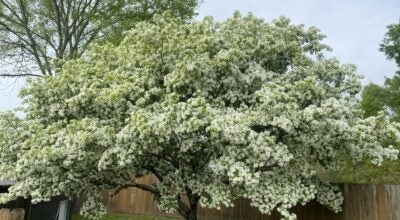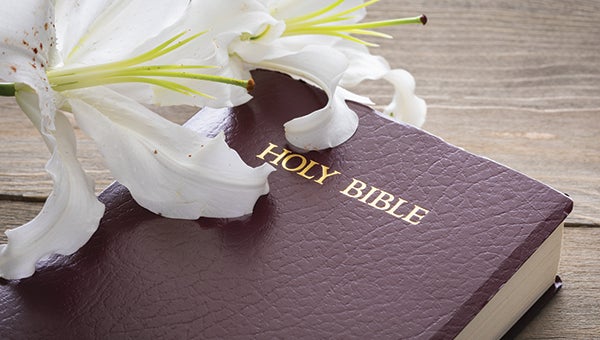Use Good Techniques When Planting Trees and Shrubs
Published 6:44 am Thursday, November 9, 2023
|
Getting your Trinity Audio player ready...
|
Fall is one of the best times to plant most types of trees and shrubs. With enough coddling, containerized plants can be installed at any time of year, but planting after temperatures cool in the fall gives them a good deal of time to establish their root systems before the hottest weather and greatest water demand occur the following year.
There are exceptions to the planting-containerized-trees-and-shrubs-in-the-fall-is-best rule. It’s advised that citrus trees be planted in January or February and that fig trees, which are more cold-sensitive when young, be planted just before bud break in late winter.
Like most types of containerized trees and shrubs, those sold in the balled-and-burlapped (B&B) form can be planted in the fall. Bare-root plants should be planted while they’re dormant.
When choosing a plant for a location or, vice versa, a location for a plant, make sure to match the plant to the site. Account for the amount of sun/shade the site gets, how wet or dry it is, how much space there is between it and a building or fence, if there’s a powerline overhead, and your USDA Plant Hardiness Zone (8B in most of the area, 9A on the southern end of Tangipahoa Parish).
Dig the planting hole at least twice as wide as the root ball but no deeper than its height. (For B&B plants, make the hole a little shallower than the height of the root ball.) We don’t want the root ball to sink as soil settles. If you accidentally dig the hole deeper than it needs to be, firm the soil in the bottom of the hole so that it won’t settle very much after the plant has been put in place.
If you’re planting a tree, the trunk flare should remain aboveground. Don’t bury the base of the trunk, as this can result in problems down the road.
Put the native soil that you’ve removed back into the planting hole rather than replacing it with soil conditioner, compost, etc. If you use some amount of such an amendment, mix it well with the native soil. For a plant to grow well in the long run, it will need to be able to grow roots in the native soil beyond the planting hole. Break up any clods in the soil that’s being put back in the hole.
If you’re planting containerized plants, watch for roots that have hit the edge of the container and started growing downward or begun to circle the root ball. Do not allow roots to continue growing in this manner. You can use pruning shears or another tool to shave off the outer edge of the sides of the root ball. (Doing this to the bottom of the root ball isn’t necessary. It’s most important that roots are able to grow horizontally near the surface of the soil.) On large, containerized root balls, removing a 1-inch-thick layer is usually appropriate.
Remove any stake (bamboo, metal, etc.) that came with the plant so that it won’t wound the plant as it grows. Most plants will not need to be staked, but if a plant is unable to stand on its own under windy conditions, an appropriate post-planting staking system can be used.
Two to four inches of mulch, such as pine straw or bark, is helpful for discouraging weed growth near plants. However, don’t place mulch so close to the plant that it comes in contact with the trunk. Avoid “volcano mulching.”
Water plants adequately while they’re getting established.
Let me know if you have questions.
Dr. Mary Helen Ferguson is an Extension Agent with the LSU AgCenter, with horticulture responsibilities in Washington and Tangipahoa Parishes. Contact Mary Helen at mhferguson@agcenter.lsu.edu or 985-277-1850 (Hammond) or 985-839-7855 (Franklinton).





